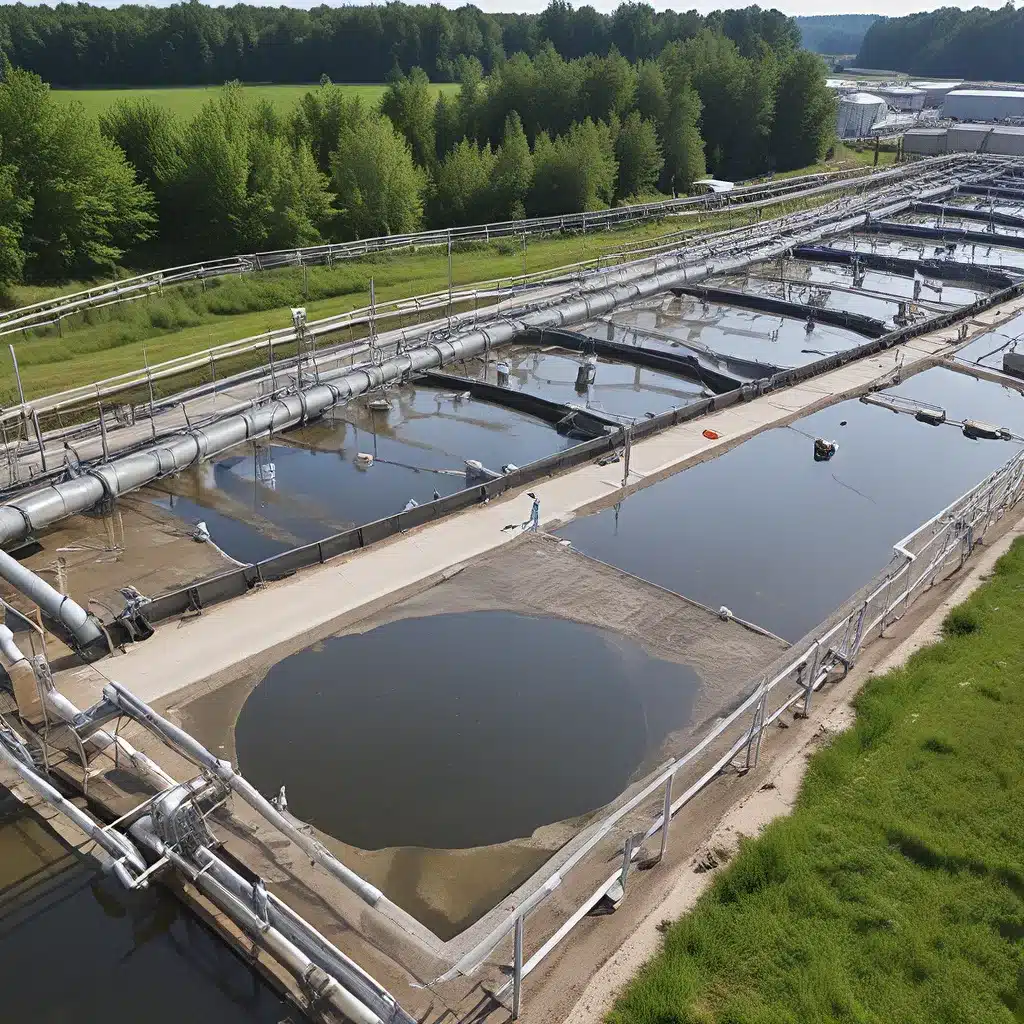
You know, when I first started learning about the impact of wastewater treatment on the environment, I have to admit, I was a little surprised. I mean, we all think of wastewater facilities as these places that clean up our dirty water and make it safe to release back into the ecosystem, right? But as it turns out, these facilities can actually contribute quite significantly to our global carbon footprint.
The Hidden Carbon Cost of Wastewater Treatment
It’s a bit of a paradox, really. The very process that’s designed to protect our waterways and the environment is also inadvertently harming it through greenhouse gas emissions. According to a recent study published in the Environmental Science & Technology journal, wastewater treatment plants may be responsible for up to 23% more greenhouse gas emissions than previously thought.
The reason for this is that a substantial portion of the carbon found in wastewater actually comes from fossil fuels – things like detergents, personal care products, and industrial waste. When this carbon-rich water is processed at treatment plants, it releases significant amounts of carbon dioxide, methane, and nitrous oxide into the atmosphere. And here’s the kicker – these emissions aren’t even being properly accounted for in global greenhouse gas inventories!
As the Climate Central article points out, the Intergovernmental Panel on Climate Change (IPCC) guidelines explicitly state that carbon dioxide emissions from wastewater treatment are considered ‘carbon neutral’ and therefore excluded from their emissions calculations. But this new research suggests that’s a major oversight.
A Closer Look at the Numbers
Let’s dive into the numbers a bit more to put this into perspective. The study found that household wastewater can contain up to 28% petroleum-derived carbon. And when you consider that wastewater treatment plants account for an estimated 3% of global greenhouse gas emissions, that 28% figure starts to look pretty significant.
The researchers used radiocarbon analysis to break down the sources of carbon in wastewater samples from treatment plants in Australia, an industrial facility in California, and a paper mill in Canada. What they found was that the emissions profiles of these facilities varied dramatically.
For example, the paper mill facility had almost no fossil-fuel derived carbon dioxide, while the oil refinery facility was comprised entirely of carbon dioxide from fossil fuels. This suggests that the IPCC’s one-size-fits-all approach to accounting for wastewater emissions is woefully inadequate.
Opportunities for Emissions Reduction
So what can be done about this hidden carbon cost of wastewater treatment? Well, the good news is that there are a number of strategies that treatment facilities can explore to reduce their environmental impact.
One promising approach is the development of on-site carbon sequestration technology that runs on renewable energy. This could potentially capture the carbon dioxide emissions and convert them into usable fuels or other products. Researchers are already working on this, with one expert saying it could be “huge to convert a whole industry from being a big energy consumer to an energy provider and also potentially making it carbon neutral or negative.”
Another option is to focus on the types of materials entering the wastewater stream in the first place. By working with consumers and industries to find more sustainable alternatives to petroleum-based products, the carbon content of the influent water could be significantly reduced.
Of course, these are just a couple of ideas, and I’m sure the brilliant minds in the water treatment industry will come up with all sorts of innovative solutions as this issue gains more attention. The main takeaway is that there’s a real opportunity here to make wastewater treatment a much more environmentally-friendly process.
The Path Forward
As someone who cares deeply about the health of our planet, I find this topic absolutely fascinating. It’s a perfect example of how seemingly benign processes can have hidden environmental consequences that we need to uncover and address. And the best part is, the water treatment industry is perfectly positioned to lead the charge on this.
By partnering with Inland Waters and other forward-thinking organizations, I believe we can make real strides in reducing the carbon footprint of wastewater treatment. It’s going to take creativity, collaboration, and a willingness to challenge the status quo. But if anyone is up for the task, it’s the passionate, innovative professionals who dedicate their careers to preserving our most precious resource – water.
So let’s roll up our sleeves and get to work, shall we? The future of our planet depends on it.


